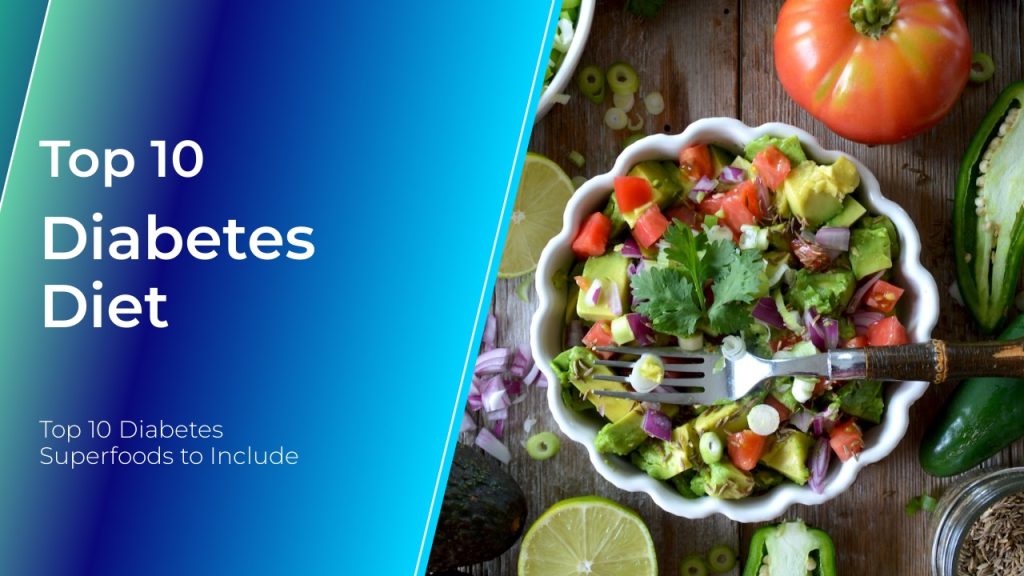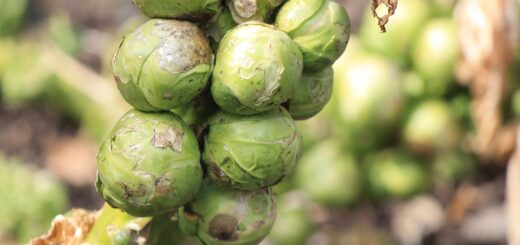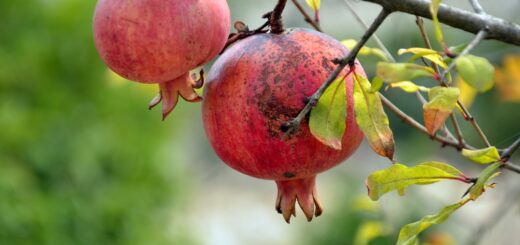Diabetes diet: Top 10 Diabetes Superfoods to Include
A diabetes diet is not just a regimen – it’s a commitment to nurturing your body with the healthiest foods in the right proportions, all while maintaining a consistent meal schedule. This dietary approach isn’t just beneficial, it’s a game-changer. Packed with essential nutrients and light on fat and calories, it revolves around the pivotal trio of fruits, vegetables, and whole grains. In fact, this dietary strategy isn’t limited to just those managing diabetes—it’s a blueprint for optimal nutrition that can benefit practically everyone.”
Table of Contents
In this article, we’ll explore the key principles and guidelines of a diabetes diet to help you live your best, healthiest life.
Understanding Diabetes and Diabetes Diet
Before we dive into the nitty-gritty of a diabetes diet, it’s crucial to get a handle on what diabetes actually is. Diabetes is like an unwelcome guest that sticks around, affecting how your body handles glucose, which is your body’s main source of energy. Type 1 and type 2 diabetes are the two primary subtypes.
Type 1 Diabetes
Type 1 diabetes is typically diagnosed in childhood or during those tumultuous teenage years. It’s like a glitch in the system because your body decides not to produce insulin, a vital hormone that keeps your blood sugar in check. People with Type 1 diabetes rely on insulin pumps or daily injections to keep everything running smoothly.
Type 2 Diabetes
Now, let’s talk about the more common Type 2 diabetes. This one is often linked to our lifestyle choices, like what we eat and how much we move (or don’t). In Type 2 diabetes, your body either doesn’t make enough insulin or doesn’t use it efficiently. The good news here is that it’s often manageable with some lifestyle tweaks, including what goes on your plate.
The Diabetes Diet: Your Path to Wellness
When it comes to managing diabetes through your diet, there’s no one-size-fits-all solution. It’s all about crafting a personalized plan that fits your unique tastes and needs. However, there are some fundamental principles to keep in mind:
1. Carbohydrate Management
Think of carbohydrates as the key players in the blood sugar game. Prioritize complex carbohydrates like whole grains, veggies, and legumes while keeping a close watch on refined sugars and simple carbs.
2. Portion Control
Keeping an eye on portion sizes is your secret weapon in managing both calorie intake and blood sugar levels. You can use measuring cups or try out the trusty plate method to ensure that your meals stay nicely balanced.
3. Balanced Meals
Aim for balanced meals that include lean proteins, healthy fats, and fiber-rich carbohydrates. This combination helps keep blood sugar levels stable.
4. Regular Monitoring
Here’s where knowledge truly is power. Regularly checking your blood sugar levels helps you understand how different foods affect you personally. Armed with this info, you can make the necessary tweaks to keep your diet plan on track.
Foods to Include in Your Diabetes Diet
Now Let’s talk about some fantastic foods that can play a key role in managing your blood sugar levels:
- Leafy Greens: Think of spinach, kale, and collard greens as your nutritional superheroes. They’re packed with vitamins, minerals, and fiber. What’s more, they have a low glycemic index, which means they won’t cause rapid spikes in your blood sugar. You can toss them into salads, blend them into smoothies, or add them to stir-fries for that extra health boost.
- Berries: Berries like blueberries, strawberries, and raspberries aren’t just scrumptious; they’re also bursting with antioxidants, vitamins, and fiber. They satisfy your sweet cravings without sending your blood sugar on a rollercoaster ride.
- Fatty Fish: Salmon, mackerel, and sardines are your go-to sources for omega-3 fatty acids. These healthy fats can improve insulin sensitivity and reduce inflammation. Plus, they’re great for your heart, an important consideration for anyone managing diabetes.
- Whole Grains: When it comes to grains, think whole, not refined. Quinoa, brown rice, and oats provide a steady release of energy, helping to keep your blood sugar levels in check.
- Beans and Legumes: Beans, lentils, and chickpeas are protein and fiber powerhouses. They not only stabilize your blood sugar but also keep you feeling full longer. They can be used in a range of cuisines, including soups and stews, as well as salads.
- Nuts and Seeds: Almonds, walnuts, chia seeds, and flaxseeds are stellar choices for a diabetes-friendly diet. Packed with healthy fats, fiber, and essential nutrients, they promote better blood sugar control and overall health.
- Cinnamon: The spice that can sweeten your life while potentially lowering blood sugar levels by improving insulin sensitivity. Sprinkle it on your morning oatmeal or incorporate it into your favorite recipes for that extra dash of flavor and benefits.
- Yogurt (Greek or Low-Fat): Greek yogurt and low-fat yogurt are fantastic sources of protein and probiotics. They can help regulate blood sugar and support digestive health. Just make sure to opt for unsweetened varieties to keep things diabetes-friendly.
- Tomatoes: Tomatoes come with a special bonus – lycopene, an antioxidant that might reduce the risk of heart disease, a common concern for those with diabetes. Use fresh tomatoes in salads or cook them into sauces for a tasty health boost.
- Garlic: This flavorful bulb not only elevates your dishes but may also assist in lowering blood sugar levels and reducing inflammation. It’s a wonderful addition to your savory recipes that brings both taste and potential health benefits to the table.
Conclusion
In conclusion, while the world of diabetes might initially appear intricate and demanding, it’s also a realm where even the smallest adjustments can lead to truly remarkable outcomes. Imagine it as an opportunity to become the chief author of your own health tale. Every choice of meal, every act of self-care, they all contribute to crafting a healthier and more vibrant version of yourself.
Always keep in mind, diabetes is just one chapter in your life’s story, not the entire book. Armed with knowledge, bolstered by support, and fueled by your determination, you can confidently navigate this journey. So, relish the excitement of exploring new, nourishing foods, and savor every moment of a life well-lived. Your adventure towards wellness has only just begun!




















